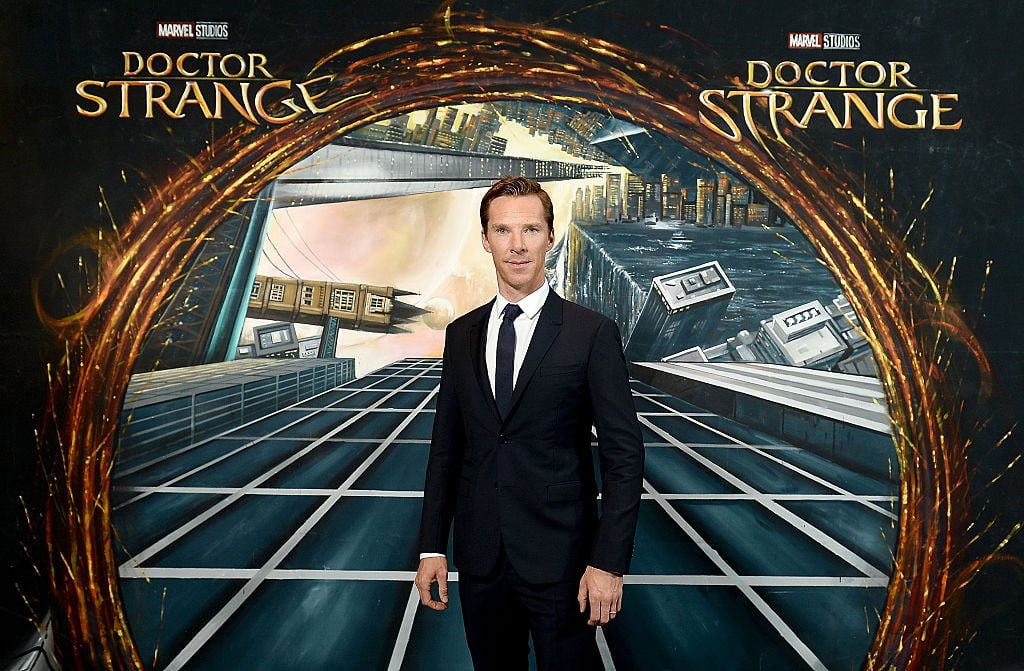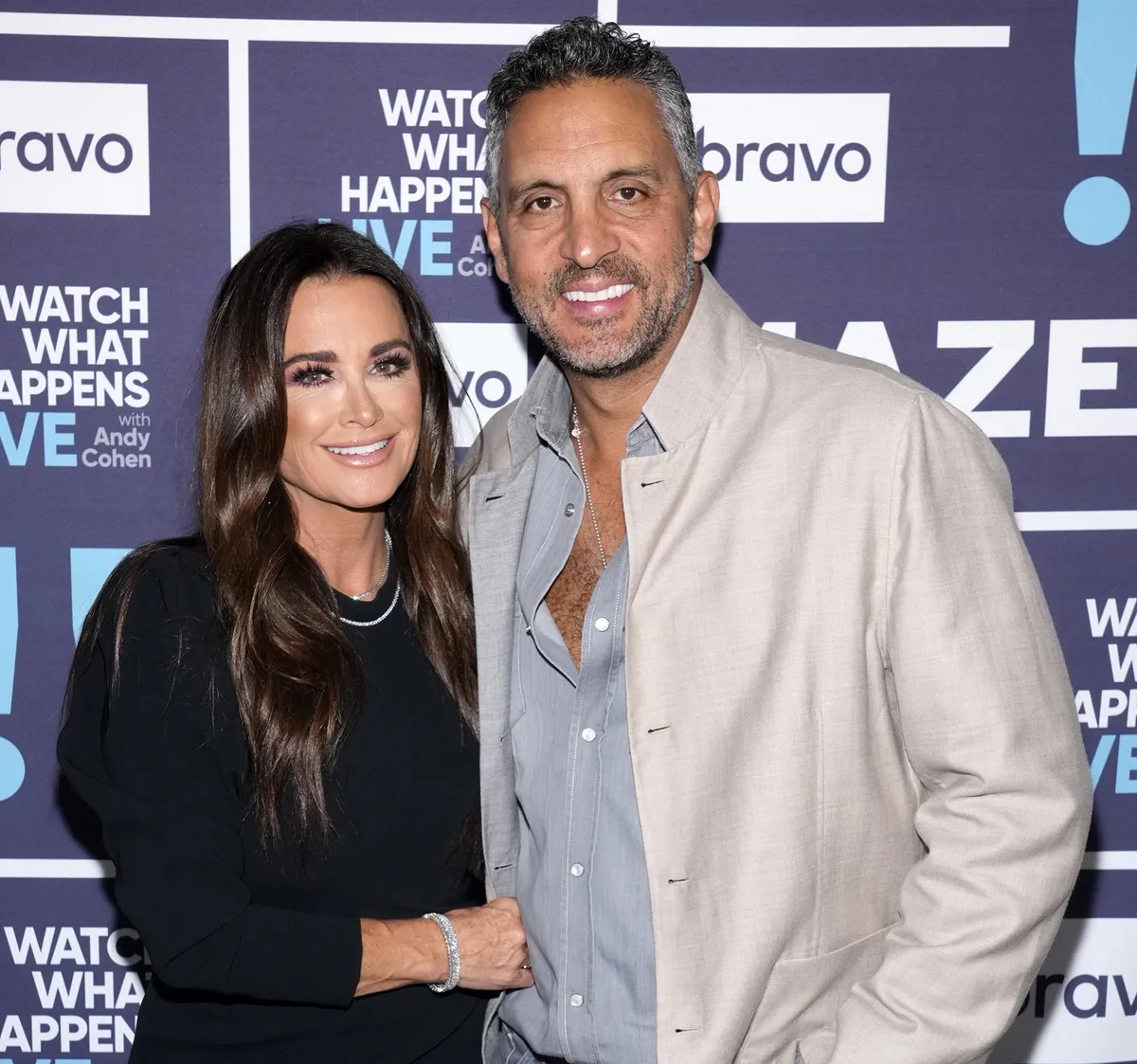‘Doctor Strange’ Is Now the MCU Film that Has Taken the Longest to Get a Sequel
When Doctor Strange hit theaters in 2016, the film was the first to explicitly bring the mystic arts into the Marvel Cinematic Universe. Released early on in Phase 3, some criticized director Scott Derrickson’s film — which introduced the titular sorcerer (Benedict Cumberbatch) — as a magical Iron Man. But Strange’s introduction has already had much greater implications.
Bringing mysticism into the MCU has already proved to be a game-changer. Doctor Strange’s encounters with Tony Stark (Robert Downey Jr.) in Avengers: Infinity War ultimately shaped how Earth’s Mightiest Heroes defeated Thanos in Avengers: Endgame. Yet, Strange is just getting started.

The Marvel Cinematic Universe is meticulously laid out
As most fans know, the MCU is planned out many years in advance. Seeds are often planted in one film long before they have the chance to make a significant impact later on. Over the years, Marvel Studios head Kevin Feige and his creative team have found a better balance between giving filmmakers freedom and adhering to the larger story at hand.
But make no mistake, every MCU release feeds right into the next. Characters, places, and story beats unfold in a very strategic way. Take the first 23 films in the MCU, for instance. Collectively known now as “the Infinity Saga,” every single one is in some way indispensable by the time Avengers: Endgame comes around.
And given Marvel’s astronomical success since the MCU started in 2008, that’s unlikely to change anytime soon. The announced Phase 4 slate might not make its macro story readily apparent. Yet, neither did Phase 1. After all, audiences only first meet Thanos in the mid-credits scene of The Avengers, the last film in the Phase 1 line-up.
Phase 4 is getting a later start due to the coronavirus pandemic
As excited as fans are to see what Phase 4 has in store, real-life concerns naturally come first. So, due to the coronavirus pandemic, Black Widow has been pushed from May 2020 to November 2020. This change is, of course, necessary, considering the national shutdown of most movie theaters. But it also leaves fans with the longest break in MCU history since Iron Man 2.
In addition to coronavirus, the reason behind this makes a certain amount of sense. After all, Avengers: Endgame elevated the stakes literally to universal levels. And audiences need some time to readjust to the series’ new normal. Even Spider-Man: Far from Home — the only post-Endgame MCU film released so far — deals heavily with the aftermath of that film.
Doctor Strange just so happens to be in a particularly tricky position. The film — which will see Spider-Man‘s Sam Raimi direct — falls squarely in the middle of the Phase 4 slate. In most cases, this wouldn’t change much, but given the unprecedented circumstances affecting Hollywood now, Doctor Strange is at the center of an unfortunate MCU record.
The ‘Doctor Strange’ sequel comes five years after the first film
Doctor Strange in the Multiverse of Madness arrives in theaters on Nov. 5, 2021. When it does, it will mark almost exactly five years since its predecessor’s release. Normally, Marvel Studios only takes two or three years between sequels. So with the Doctor Strange sequel nearly doubling that, fans might be wondering what the hold-up has been.
In part, this is caused by the ambitious 11-film Phase 3 slate. Beyond that, the delay on Doctor Strange within Phase 4 is likely due to its effect on what comes next. Feige has confirmed the sequel will officially usher in the concept of multiverses to the MCU. Doctor Strange in the Multiverse of Madness will also connect directly to Disney+ shows WandaVision and Loki.
So, much like Captain America: The Winter Soldier and Avengers: Infinity War changed things midway through Phases 2 and 3, the Doctor Strange sequel will irrevocably alter the MCU landscape. If Phase 4 will set the stakes and introduce the major players for the next Thanos-level threat, expect Doctor Strange 2 to greatly impact how it all plays out.


